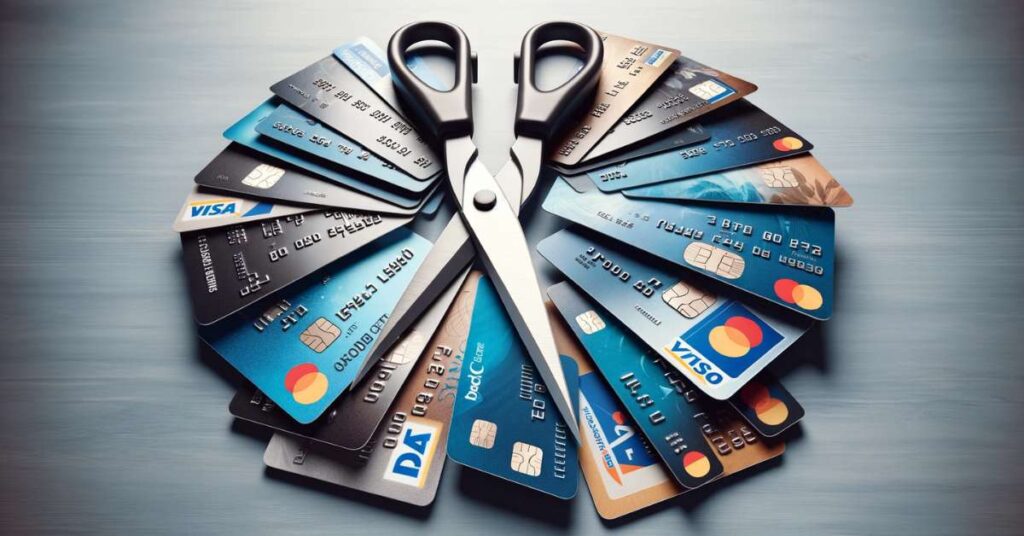Cutting Up Credit Cards: A January 2009 Phenomenon
In January 2009, amidst the aftermath of the global financial crisis, a significant number of consumers were reportedly cutting up their credit cards. This trend, which symbolized a shift in personal finance management, had various underlying reasons. Let’s delve into why people might have been tempted to take such a drastic step during this period.
The Aftermath of the 2008 Financial Crisis
First and foremost, the context is critical. The latter part of 2008 saw one of the worst financial crises since the Great Depression. Banks and financial institutions collapsed, stock markets plummeted, and the economy entered a deep recession. By January 2009, the crisis had significantly impacted consumer confidence and financial stability.
Skyrocketing Debt and Credit Crisis
During the years leading up to the crisis, there was a substantial increase in consumer debt, largely fueled by easy access to credit. However, the economic downturn led to a surge in unemployment, making it difficult for many to manage their debt. Credit card debt, often carrying high-interest rates, became a massive burden for households.
Tightening Credit Markets
In response to the crisis, banks tightened their lending standards. Credit limits were reduced, and interest rates on existing debts were increased. For consumers, this meant higher costs and reduced access to credit, making credit cards less attractive and more burdensome.
Shift in Consumer Attitudes
There was a significant shift in consumer attitudes towards debt and credit. The crisis brought a new awareness of the dangers of over-leveraging and the importance of financial prudence. Cutting up credit cards became a symbolic gesture of rejecting the overuse of credit and a commitment to living within one’s means.
Encouragement from Financial Advisors
Financial advisors and experts, responding to the crisis, began advocating for reduced reliance on credit cards. They encouraged consumers to cut up their cards and focus on paying down debt, saving, and budgeting.
Fear of Identity Theft
The rise in digital transactions also heightened concerns about identity theft and credit card fraud. For some, cutting up credit cards was a way to reduce the risk of their financial information being stolen.
Conclusion
In January 2009, cutting up credit cards wasn’t just a financial strategy; it was a cultural shift. It symbolized a move towards financial conservatism in the face of economic uncertainty. This trend underscored the importance of financial resilience and the need to reassess personal finance strategies in times of economic turmoil.

Too discrete to give his real age (but certainly in the grizzled veteran bracket), Tom is an Army brat who spent much of his childhood overseas. After moving back to Florida in the 80’s with his family, Tom worked a variety of jobs after college before finding his calling in the mortgage industry. Now, adding his decades worth of experience to this site, Tom hopes to help others with his knowledge.
After working through the 2008 crisis in a hard hit bank, Tom knows only too well the impact his industry has on people’s lives. Now semi-retired, Tom spends his days keeping up with the latest news in the mortgage industry (and finding the odd hour or three to fish).
